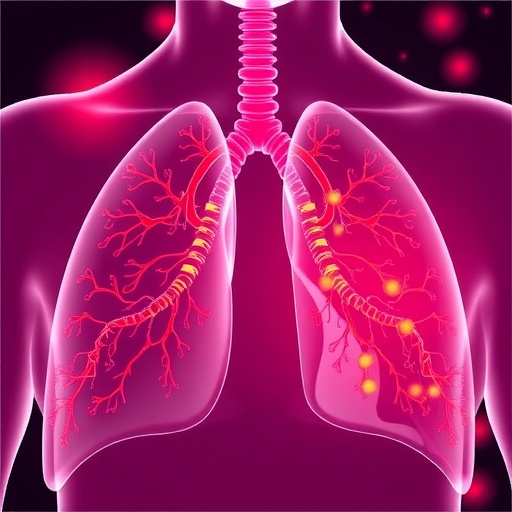New research from a beach-roaming biomechanics engineer paints a surprisingly industrious picture of limpets — the marine snails that are abundantly plastered on rocks at low tide. His work shows that limpets survive and thrive by being the busy construction workers of the seashore.
Limpets frequently suffer damage at the apex of their conical shells, but rather than drying out due to dehydration or getting picked off like sitting ducks by dinner-hungry predators such as seagulls, the hard-working creatures quickly patch over small holes with new biological building material from within. Incredibly, these repaired shells turned out to be just as strong as the originals when subjected to impacts from rocks.
However, while the shells have excellent resistance to single impacts, which, in the wild, would encompass rocks and stones colliding with them in rough seas, the shells are not so good at resisting multiple impacts. Electron microscopy showed that the layered structure of the shell makes it susceptible to a type of failing called 'spalling,' which is a well-known cause of failure in engineering materials such as concrete.
Professor of Materials Engineering, David Taylor, from the Trinity Centre for Bioengineering at Trinity College Dublin, has recently published his findings in the Journal of Experimental Biology.
Professor Taylor said: "You will see rocks covered with limpets along many seashores across the world. They have several features that make them interesting from a biomechanics point of view — they have evolved mechanisms for adhering very strongly to the underlying rock and are also equipped with a set of very hard teeth."
"But they also have this very hard, stiff shell and it is this feature I was interested in knowing more about. It is incredible that they can repair their shells to be just as strong as the original ones, but it is also really interesting that they are still at risk from spalling weaknesses."
"As engineers we often gain inspiration for solutions to real-world problems from nature, and from the way different plants and animals have adapted to life in harsh environments. Spalling is evidently one problem that doesn't have a perfect solution — whether you are a concrete foreman overseeing a building site or a limpet trying to speedily repair his or her home on the seashore."
###
Media Contact
Thomas Deane
[email protected]
353-189-64685
@tcddublin
http://www.tcd.ie/
############
Story Source: Materials provided by Scienmag




